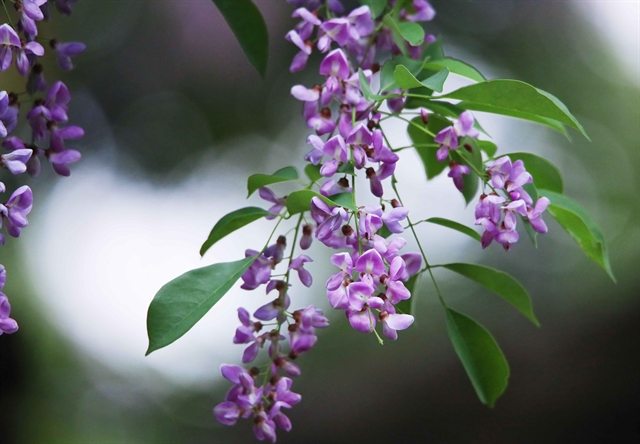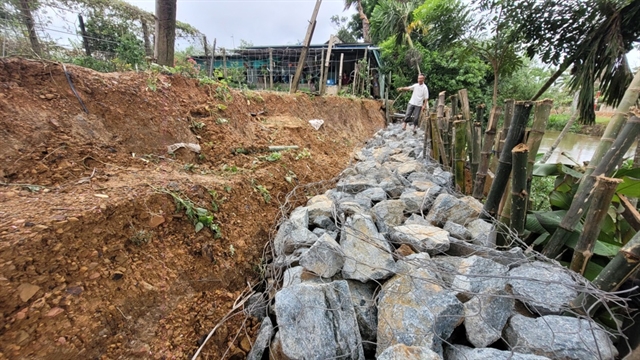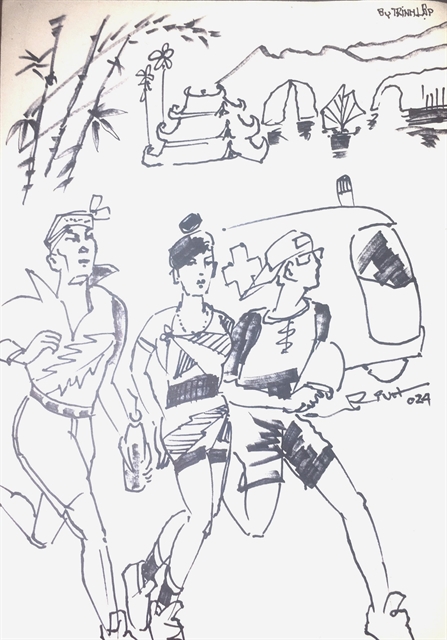 Talk Around Town
Talk Around Town
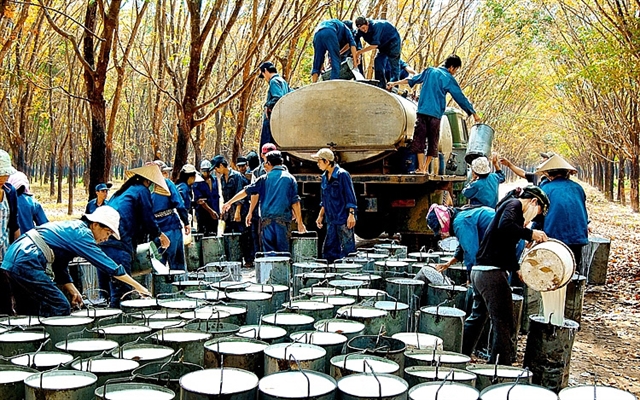
An official of a district-level office in central Hà Tĩnh Province has stirred a wave of outrage from public after his photo was posted on Facebook last Thursday.
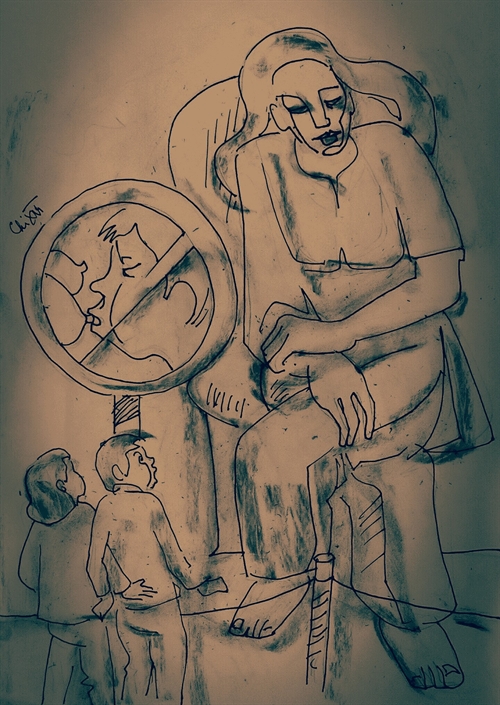 |
By Khánh Linh
An official of a district-level office in central Hà Tĩnh Province has stirred a wave of outrage after his photo was posted on Facebook last Thursday.
In the photo, Phan Tuấn Anh, together with another man, are seen approaching a bare-breasted statue at a tourism site where he was spending his vacation. Tuấn Anh was then seen kissing the breast of the statue.
Social media users recognized the figure as part of the famous statue couple on the peak of Lang Biang Mountain, a well-known tourism site in Lâm Đồng Province’s Đà Lạt City. The statues celebrate the love story between a couple who were not allowed to marry because they were from two different tribes. Lang Biang was named after the first names of these two people.
Tuấn Anh said he was drunk when taking the photo, and his colleague just posted it as a memory of their trip.
The man has been strongly criticized for his improper behavior, especially given that he is a civil servant at a district natural resource and environment department in the province. He has been asked to report the incident and will likely get a penalty for his deviant act.
This is just the latest in a string of incidents involving disrespect by tourists toward local culture, customs and traditions.
The images of young people in improper outfits posing in pagodas or climbing on statues to take photos are sometimes shared on social websites. Usually, these photos carry a reminder on how to act at sacred places. Those displaying disrespect sometime come under fire, but generally the story fades into oblivion.
Lack of respect for the cultural values of tourism sites takes many forms. Littering, speaking loudly, refusing to stand in queues.
Trần Mai Hương, a tour guide in Hà Nội, said she always felt shameful when being asked about the polished heads of stone turtles in the Temple of Literature, the first university in Việt Nam.
“Foreign tourists always burst out laughing when hearing my answer that students climb on the fence to touch the heads as a good luck charm before their university entrance exams,” she said.
Hương said although the turtles are now being guarded by volunteers, and signs are installed asking tourists not to touch the monuments, she still has to answer questions about polished turtle heads.
The same thing happened at Hà Nội’s Quán Thánh Temple. After people flocked for years to the temple to touch the feet of the bronze Buddha statue for luck, a fence was erected to distance the statue from impolite tourists.
These measures are apparently not strong enough. Earlier this month, Đà Nẵng’s tourism sector pioneered a code of conduct to raise awareness of preserving the city’s beaches and tourism sites.
The guide, including 12 friendly and well-designed illustrations of the do’s and don’ts in Chinese, will be distributed for free in the coming months.
The city has also installed a series of signals indicating certain regulations along the beach, accompanied with penalties for each violation.
Nguyễn Hồng Vân, head of the protection team of the Management Board of Sơn Trà Peninsula and Đà Nẵng Tourism Beaches, said that he and 47 persons were in charge of the 30-kilometre beach. Since the signals were installed, the job of his team was much easier.
“It’s really working,”he said. “We’re no longer seeing rubbish along the beach although the beach is crowded these days.”
Vân said the penalties of between VNĐ50,000-500,000 (US$2.1-21.7) for littering were reasonable although he and his team don’t impose fines, simply guiding the violators to garbage bins.
This is a good news for Đà Nẵng’s tourism sector and the nation in general. The measures adopted by the city have shown positive results. Tourists are happy with beautiful clean beaches. Inspectors find their jobs less tiring and the city is more beautiful and will attract more tourists.
The code of conduct was previously applied in Đồng Văn Highland, a UNESCO recognised world geological park in the northern mountainous Hà Giang Province. However, it has not been effective as it was only applied at some tourism sites, and there are no penalties for violators.
It’s high time that the code of conduct, together with penalties was applied at all tourism sites in the country. Improper and impolite behavior at tourism sites must be strictly fined as a warning.
As for the deviant act toward the statue in central Hà Tĩnh Province, the photo has been removed from social media and the local authority has handled the case. The official might get punished, but he himself has gained a precious lesson in conduct in public places. -- VNS

